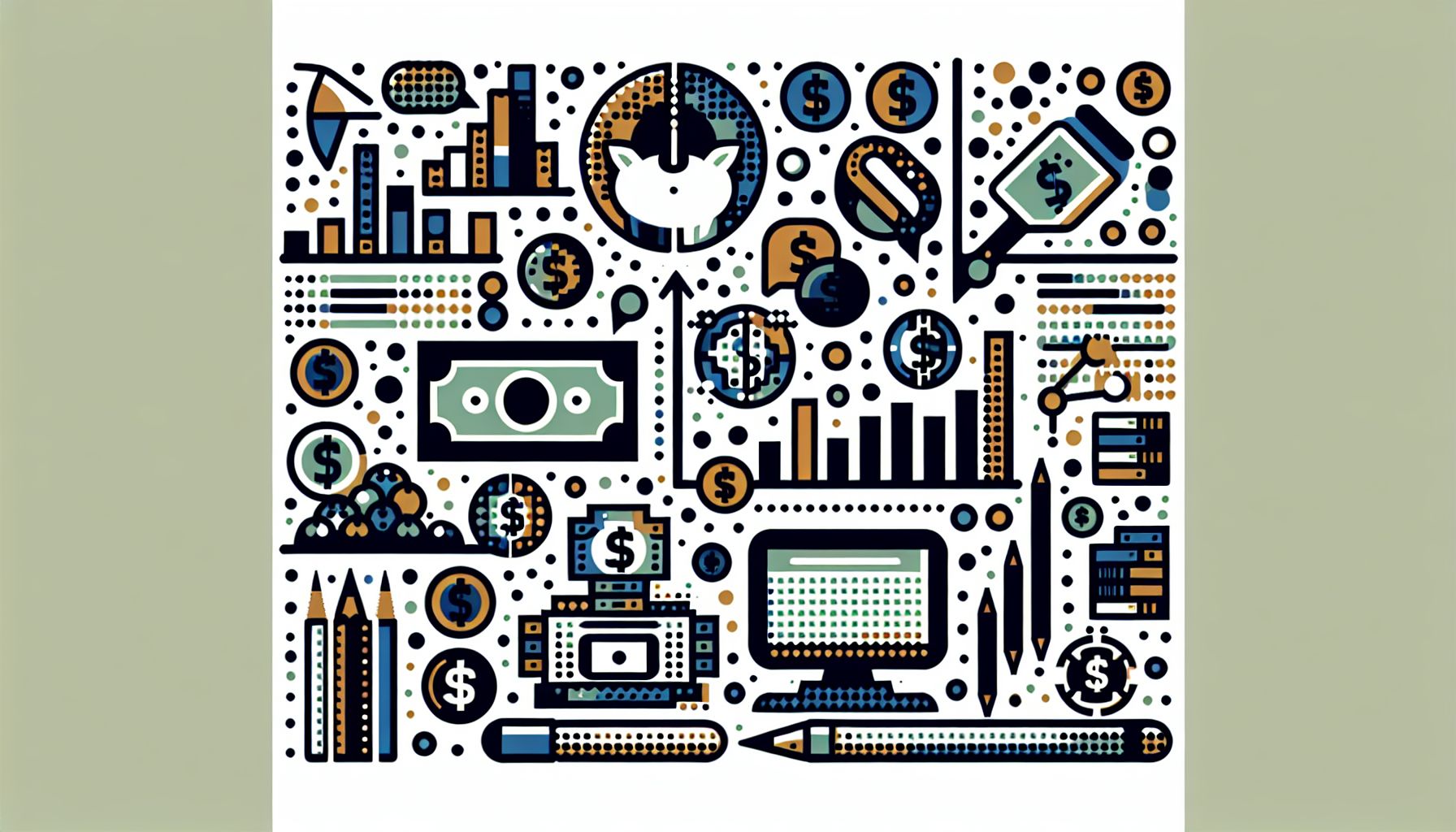US Inflation Holds Steady at 2.6%, Signaling Economic Stability

Washington D.C., Wednesday, 13 November 2024.
The US inflation rate reached 2.6% in October 2024, aligning with expectations. This marks the first increase in seven months, driven by slower declines in energy costs and steady shelter inflation. Core inflation remained at 3.3%, suggesting a stable economic environment closely watched by investors and policymakers.
Understanding the Inflation Dynamics
The Consumer Price Index (CPI) rose by 0.2% in October, reflecting a steady pace from previous months and meeting market expectations. Core CPI, which excludes volatile food and energy prices, increased by 0.3% for the month and is up 3.3% annually, indicating underlying inflationary pressures remain somewhat elevated. The stability in inflation rates is largely attributed to the unchanged energy costs in October, despite a year-over-year decline of 4.9%. In contrast, food prices saw a modest annual increase of 2.1%[1].
Sectoral Contributions to Inflation
Shelter costs, a significant component of the CPI, increased by 0.4% in October, contributing to more than half of the monthly CPI rise. This sector has seen a 4.9% annual increase, underscoring persistent demand in the housing market. Meanwhile, the transportation sector experienced mixed trends, with used vehicle costs rising by 2.7% and airline fares jumping by 3.2%, whereas egg prices saw a notable decline of 6.4% within the month but remained elevated at 30.4% year-over-year[1].
Implications for Monetary Policy
The steady inflation figures have reinforced expectations that the Federal Reserve will maintain its current monetary policy stance, with potential rate cuts anticipated in December. Ellen Zentner, Chief Economic Strategist at Morgan Stanley Wealth Management, highlighted that the absence of surprises in the CPI data supports the Fed’s trajectory toward further rate reductions. However, looming uncertainties surrounding President-elect Donald Trump’s proposed tariffs and increased government spending could complicate this outlook by potentially exacerbating inflationary pressures[1].
Economic Outlook Amid Policy Uncertainty
While the inflation rate remains a critical focus, the broader economic landscape is also shaped by potential policy shifts under the incoming administration. Trump’s plans for tariffs and fiscal expansion could stimulate economic growth but may also pose challenges for the Federal Reserve’s inflation-targeting framework. Additionally, the markets have adjusted their expectations for future rate cuts, now predicting a cumulative 0.75 percentage point reduction through the end of 2025, which is 0.5 percentage points lower than previous forecasts[2].